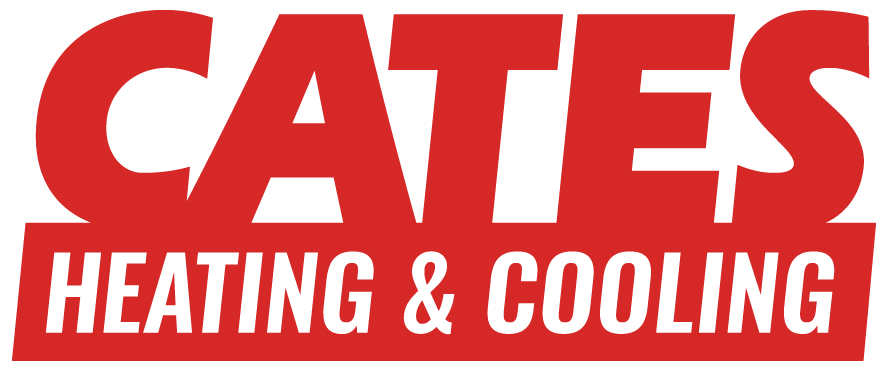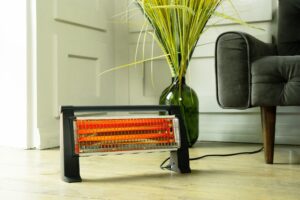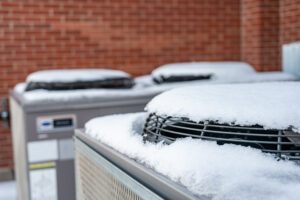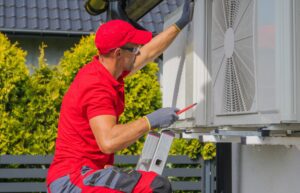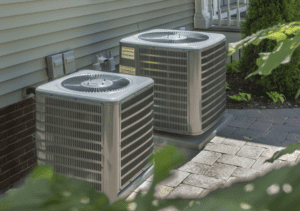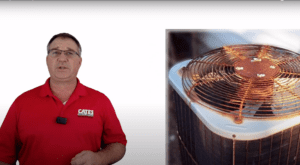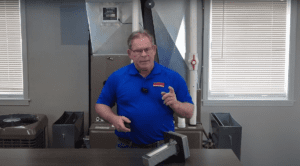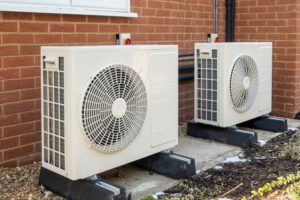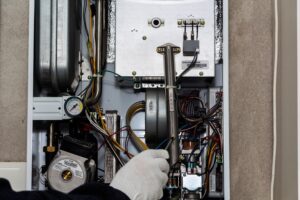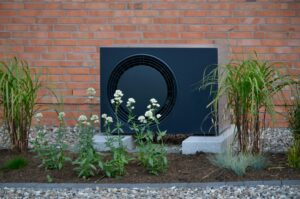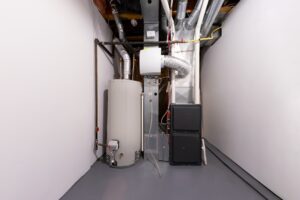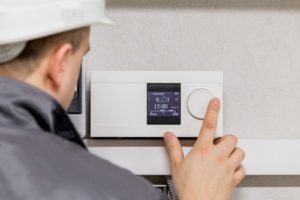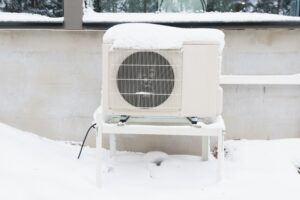At some time or another, everyone with an air conditioning unit has struggled to strike a balance between keeping the house cool during the hot summer months and keeping the utility bill from skyrocketing. After all, approximately 50% of one’s utility bill is dedicated solely to cooling and heating the home, and for those in warmer climates, this number can rise even higher in the heart of summertime. While measures such as installing fans, wearing light, loose clothing, and staying hydrated can help you to stay cool and save a few dollars, when the dangerously high temperatures arrive there is no substitute for air conditioning in Kansas City. Fortunately, it’s now possible to keep the temperature down without breaking the bank thanks to digital programmable thermostats.
A programmable thermostat enables homeowners to program a cooling or heating system to correspond with his or her life schedule. Throughout the day, a given household has different cooling and heating requirements based on several factors, including changing outdoor temperatures, residents’ work schedules, and personal temperature preference. With a programmable thermostat, homeowners can pre-set certain temperatures for nearly any hour of the day so that temperature settings change automatically rather than requiring manual adjustment.
According to Energy Star standards, homeowners should set their thermostats to 78 degrees or higher during the cooling season, and 70 degrees or less during the heating season. While these numbers are likely already familiar to those who regularly use a cooling or heating system, it can be difficult to stick to efficiency guidelines, especially when outdoors temperatures drop or soar (or when multiple household members have different ideas about what constitutes a comfortable temperature). Enter the programmable thermostat, a convenient and affordable means of keeping your home comfortable when you’re in it and minimizing your energy consumption when you’re away.
Perhaps the top advantage of a programmable thermostat comes in the form of energy efficiency and thus, money saved. Your savings are contingent on a number of factors, including current energy usage, utility costs in your area, seasonal temperature variations, and your HVAC system itself. That being said, programming your A/C or heater to do less cooling or heating when you know you won’t be at home represents a viable and incredibly easy means of reducing your utility bills. The Department of Energy estimates that a programmable thermostat can save homeowners 1% in energy costs per each degree of setback over an eight-hour period. This translates to as much as 10% (or $180, according to Energy Star) saved on cooling and heating annually simply by turning your thermostat back by 7 to 10 degrees for the 8 hours daily that you are likely to be at work anyway!
Furthermore, a programmable thermostat is highly convenient. How often have you pulled into the parking lot at work only to realize that you forgot to adjust the thermostat before leaving the house? By enabling you to pre-set temperatures for different times of day, a programmable thermostat eliminates such scenarios. This set-it-and-forget-it functionality is especially great for multi-person households, in which it can be easy to neglect to adjust the thermostat under the assumption that someone else has already done it. What’s more, some thermostats offer extra convenience by alerting you when it’s time to change your A/C filter or schedule maintenance both of which are vital to the health of your HVAC unit!
Cates Heating and Cooling provides heating and cooling services to businesses and residences around the Greater Kansas City area. You can contact Cates today for Kansas City air conditioning maintenance and repair, a free estimate on new air conditioning installation in KC, or more information on the benefits of installing a digital thermostat in your home. Summer is here, and we’re ready to help keep you cool!
